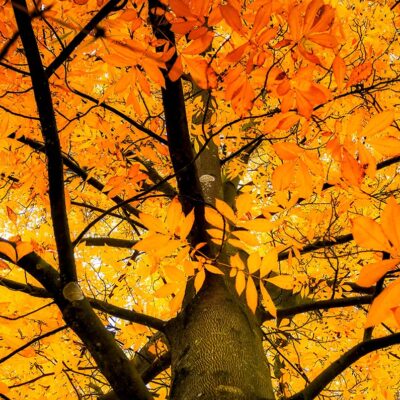Fall ’25 Bare-Roots – Order Now
Fall ’25 Bare-Roots – Order Now
Thuja occidentalis
A species with much genetic variation, this is the straight species, from which many ornamental cultivars have been propagated (usually referred to as arborvitae). Often used in hedges and other border applications, it provides habitat for deer and many species of birds. In fact, deer browse can be a significant issue so if growing in areas of deer pressure, provide protection. The needles or leaves contain more vitamin C than lemons or oranges! This adaptable evergreen can tolerate clay soil, wet sites, part shade, black walnut, and air pollution. In exposed sites, foliage will brown and yellow; in full shade, foliage will thin dramatically. Weak foliage can break in winter from ice and snow accumulations. Despite these problems, in ideal conditions they can be very long lived: an individual tree from Ontario has been dated at more than 1300 years old.
Zone: 3-7 (Map)
Habitat: Well-drained, moist soil but tolerant of occasionally dry conditions. Part shade to full sun.
Growth: 40-60 ft tall, 10-15 ft wide at maturity.
Eastern white cedar is an adaptable evergreen that can tolerate a wide variety of conditions, and in ideal sites can live for over 700 years.
Eastern white cedar is an adaptable evergreen that can tolerate a wide variety of conditions, and in ideal sites can live for over 700 years.
Thuja occidentalis
A species with much genetic variation, this is the straight species, from which many ornamental cultivars have been propagated (usually referred to as arborvitae). Often used in hedges and other border applications, it provides habitat for deer and many species of birds. In fact, deer browse can be a significant issue so if growing in areas of deer pressure, provide protection. The needles or leaves contain more vitamin C than lemons or oranges! This adaptable evergreen can tolerate clay soil, wet sites, part shade, black walnut, and air pollution. In exposed sites, foliage will brown and yellow; in full shade, foliage will thin dramatically. Weak foliage can break in winter from ice and snow accumulations. Despite these problems, in ideal conditions they can be very long lived: an individual tree from Ontario has been dated at more than 1300 years old.
Zone: 3-7 (Map)
Habitat: Well-drained, moist soil but tolerant of occasionally dry conditions. Part shade to full sun.
Growth: 40-60 ft tall, 10-15 ft wide at maturity.
